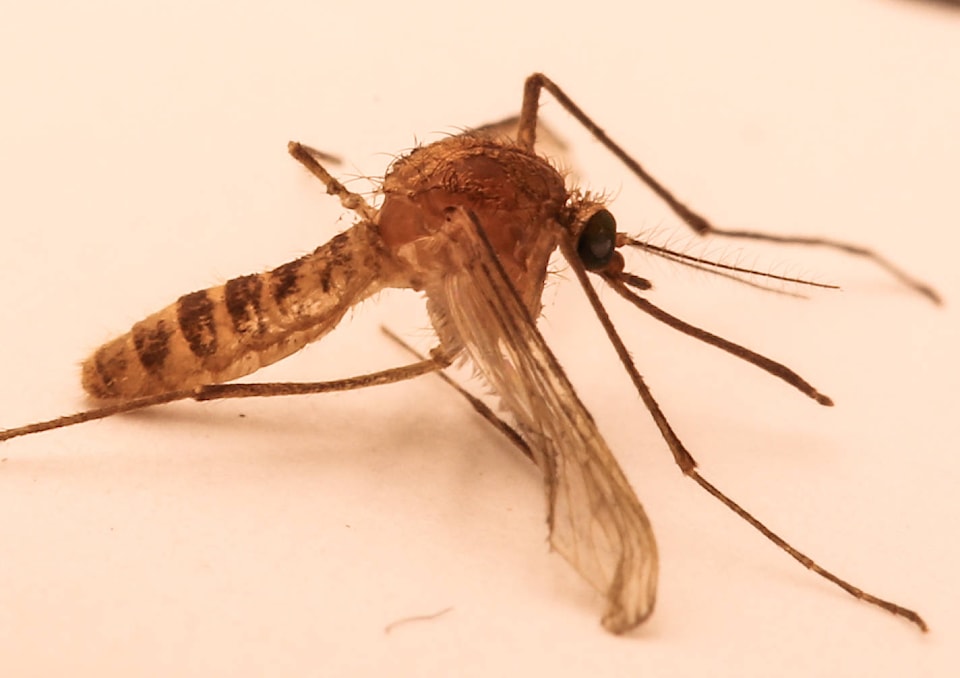Duka Environmental Services recently completed the third of five treatments for the City of Kimberley’s Mosquito Control Program, covering 171 hectares and targeting sloughs, ponds, roadside ditches, marshes and other slow-draining areas.
In a summary report to City Council, Chris Feduik of Duka says overall weather conditions during the summer of 2018 (April through August) could be summarized as “average”, although the first half was “much wetter” than the second half.
Chris Mummery, the City’s Senior Manager of Operations, says that there was a four per cent increase in the area of land treated compared to 2017. The total cost for the program over a period of five years (2016-2020) is $147,765, with this year’s total seeing $28,742.
He adds that the program provides for considerably less annoyance and greater enjoyment of the outdoors for visitors and local residents, while significantly reducing the possibility of illness from pest interaction.
“This is achieved by the suppression of larval mosquito populations using an integrated pest management approach to their surveillance, prevention and control,” says Feduik. “Where required, larval mosquito populations were controlled using a bio-rational larvicide product: VectoBac 200G.”
Monitoring snowmelt and weather patterns, combined with larval surveys, ensured optimal timing for aerial applications.
“Ground-based treatments controlled recurring larval development in several sites throughout the season,” Feduik said. “Low specimen numbers collected by adult mosquito light trap equipment, and minimal to zero biting annoyance measured by program biologists, confirmed the general public’s observations of minimal biting annoyance for most areas of the City.”
The highest areas reported for adult mosquito annoyance were in the Kimberley Nature Park and some of the Nordic Trails, which Feduik says are perfect spots for mosquitos to live.
“There areas are at the margins of control program treatment boundaries and the above average precipitation and cooler temperatures of June and July created conditions conducive to adult mosquito survival,” he explained.
Despite the bugs on the trails, public feedback has been positive and supportive, according to Duka and City staff.
“All interactions with residents, workers, visitors and business or facility operators confirmed their appreciation for the annual mosquito control program and the relief from widespread annoyance that it provides,” Feduik said.
Public education also helps to control mosquito populations, including local golf courses, property owners, business operators, residents and public works employees.
“Education initiatives help residents understand that the control program can only suppress mosquito populations, not eradicate them,” said Feduik. “Some adult mosquito annoyance may be anticipated at certain locations, times of day and during some years.”
corey.bullock@kimberleybulletin.com
Like us on Facebook and follow us on Twitter
